Veterinary profession's value to Scotland: preliminary economic assessment
A preliminary economic assessment of the veterinary profession’s value to Scotland.
2. Veterinarians in Scotland
The role of vets in Scotland goes beyond private farming or general household clients, reaching into government, food processing industries, pet organisations, wildlife organisations, sporting animal organisations, animal welfare organisations, policing, etc. As such, their activities are considered by a wide ranging audience as being beneficial to society, a society who places animal welfare high on their social conscience – Eurobarometer (2015) revealed that 98% of UK population believe it is important to protect the welfare of farmed animals (European Commission, 2015).
2.1 Changing Veterinary Profession
2.1.1 Number of veterinarians and veterinary nurses
RCVS data (RCVS, 2017) reveals that in 2016 there were 2,134 registered veterinary surgeons in Scotland (0.04% of Scottish population) and 948 registered veterinary nurses operating in 474 registered practices (246 of which were part of the RCVS Practice Standards Scheme). This equates to 9.4% of the UK veterinary surgeons, 7% of the UK veterinary nurses and 8.6% of the UK registered practices. In addition the RCVS (RCVS, 2017) revealed that in 2017 there were 197 approved veterinary training practices (TPs) in Scotland offering clinical training and work experience to 426 student veterinary nurses in Scotland.
2.1.2 Changing profile of veterinary work
Data from reported by Lowe (2009) and a RCVS 2104 survey (Buzzeo et al. 2014) of the veterinary profession reveal that the profile of veterinarians in the UK has been changing. In particular it is noticeable that the proportion of Governmental veterinarians diminished between 1996 and 2014, whilst the proportion of research veterinarians increased to account for an estimated 1 in 10 UK veterinarians. Veterinary research was identified by RCVS (2013) as helping society: "address inefficiencies in the food-chain, national food security, prevent or minimise the devastating financial losses brought about by animal disease, improve food animal welfare and help tackle climate change, contribute to the conservation of wildlife, and improve companion animal and equine health and welfare".
Figure 1. The changing profile of the veterinary profession in the UK; data related to 1966, 2006 and 2014. RCVS survey of veterinary profession 2014.
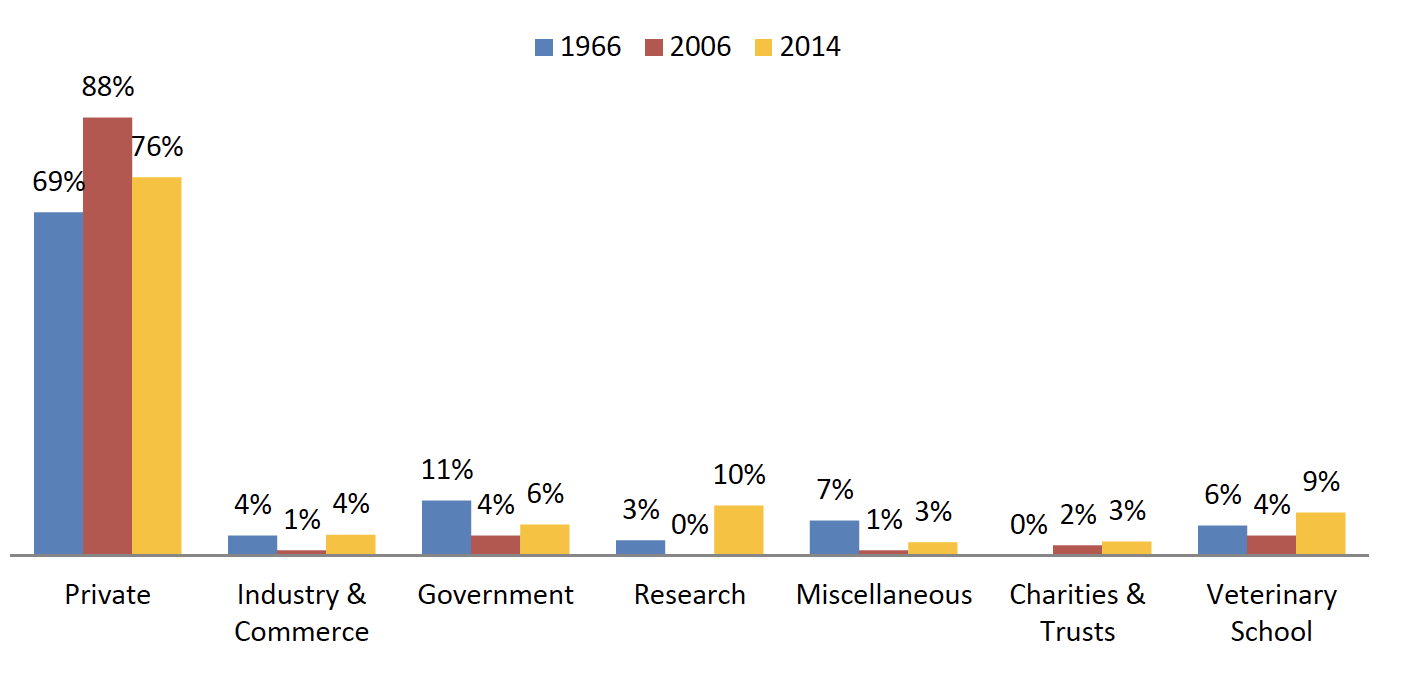
Table 1 Proportion of veterinarians' working time by species
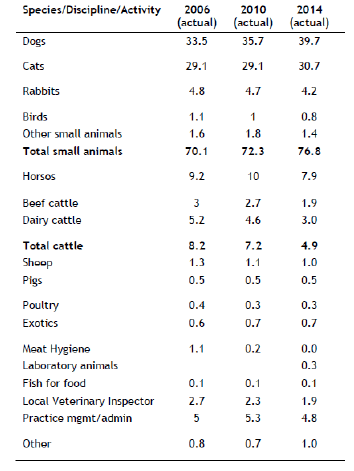
Three quarters of vets responding to the RCVS survey in 2014 still worked in private practice. The survey also revealed that in 2014 over half the survey respondents (54%) considered working in small animal/exotic practices as their main role, with 16% saying mixed practices, 6% equine practices and only 4% specialist farmed animal practices (Buzzeo et al. 2014).
In addition to changes in who veterinarians work for, Buzzeo et al.(2014) reported that there was an increase in the proportion of vets working on small (companion) animals (see Table 1), increasing from 70% of survey respondents in 2006 to 77% in 2014. Over this period there was also a decline in the proportion of veterinarians working on farm animals (8.2% worked on cattle in 2006 falling to 4.9% in 2014).
2.1.3 Scale of veterinary businesses
The Inter Departmental Database provides estimates for the distribution of the scale of veterinary businesses by turnover and employment size bands. Table 2 reveals that across the UK one in ten veterinary businesses had a turnover of less than £50,000 with just over a quarter under £100,000. Nearly a third of veterinary businesses were in the £100,000 to £500,000 turnover bracket with one-in-five having turnovers of over £1 million. Over 40% of UK veterinary businesses had fewer than 5 staff, with 62% having less than 20 employees -reiterating how it is a sector dominated by micro businesses. A third of businesses are classified as small, with less than 50 employees with only 5% classed as medium sized business (over 50 employees). The discussions around corporatisation of the sector suggest that the larger scale businesses are likely to become more prevalent in the future (Yasir, and Thomas, 2016).
Table 2 IDBR Veterinary activities businesses by turnover and employee size bands (2014)
| Turnover |
Businesses |
Proportion of Businesses |
|---|---|---|
| £0-£49k |
340 |
10% |
| £50k-£99k |
595 |
17% |
| £100k-£249k |
575 |
16% |
| £250k-£499k |
580 |
16% |
| £500k-£999k |
700 |
20% |
| £1m-£1.99m |
465 |
13% |
| £2m-£4.99m |
215 |
6% |
| £5m-£9.99m |
40 |
1.1% |
| over £10m |
20 |
0.6% |
| Employees |
Businesses |
Proportion of Businesses |
|---|---|---|
| 0-4 |
1,400 |
41% |
| 5-9 |
735 |
21% |
| 10-19 |
730 |
21% |
| 20-49 |
430 |
13% |
| 50-99 |
105 |
3% |
| 100-249 |
15 |
0.4% |
| 250+ |
10 |
0.3% |
Source: Yasir, and Thomas, 2016
2.2 Veterinary sector output
At the UK level (see Figure 2), Office for National Statistics (ONS, 2018) reveal that the turnover (output) of veterinary activities had risen from £2.4bn in 2011 to £3.4bn in 2016, with average growth of 10% in 2017[1], reflecting the growth in the burgeoning pet insurance market. Assuming that Scottish veterinarians account for 9% of the market this means that annual output of £304 million from Scottish veterinary practices can be estimated, before any benefits arising from their activities (such as increased production, etc.) or veterinary activities undertaken in other sectors (research, meat processing, government, etc.) are accounted for. This £304 million is closely aligned to the £308 million turnover estimated from the Annual Business Survey published by ONS. Table 3 shows that in 2015 these Scottish veterinary activities were estimated to be generating £308 million in turnover, generating £186 million in GVA, spending £134 million on goods and services and spending £83 million on wages.
The Veterinary Activities Standard Industrial Classification division includes "the provision of animal health care and control activities for farm animals or pet animals. These activities are carried out by qualified veterinarians in veterinary hospitals as well as when visiting farms, kennels or homes, in own consulting and surgery rooms or elsewhere. It also includes animal ambulance activities."(Yasir, and Thomas, 2016).
Figure 2 UK and Scottish Veterinary Services Industries turnover (various years)

Using the Scottish Government's input output tables (Scottish Government, 2018) the annual output of the veterinary services sector grew by 90% in the decade to 2009 (£264m) before falling backwards till 2013 (£200m) as a result of the economic downturn (see Figure 2), with some recovery in 2014 (£222m). It is estimated, using this data source, that the veterinary services sector directly generated £117m gross value added (GVA)[2] for the Scottish economy in 2014.
Table 3 Annual Business Survey for Scotland's Veterinary Activities – 2008-2015 (ONS, 2017).
| Year |
Total turnover £ million |
Approximate gross value added at basic prices (GVA) £ million |
Total purchases of goods, materials and services £ million |
Total employment costs £ million |
|---|---|---|---|---|
| 2008 |
200 |
122 |
78 |
56 |
| 2009 |
243 |
149 |
94 |
51 |
| 2010 |
205 |
109 |
96 |
55 |
| 2011 |
245 |
122 |
123 |
58 |
| 2012 |
205 |
121 |
84 |
55 |
| 2013 |
206 |
122 |
84 |
54 |
| 2014 |
235 |
151 |
88 |
74 |
| 2015 |
308 |
186 |
134 |
83 |
Comparing the Scottish input/output figures to the estimates derived from the UK figures (£267m and £289m for 2013 and 2014 respectively) we can therefore estimate that the direct output of the Scottish veterinary services sector was between £212m and £308m in 2015 with GVA impacts of up to £186 million.
2.3 Veterinary careers
Whilst most veterinary professionals (80%) report job satisfaction, in a 2014 survey of veterinary professionals for the RCVS (Buzzeo et al, 2014) nearly 90% reported that their work was stressful. This perhaps reflects the nature of the job and the connection many feel with the animals (and their owners) that they are treating. Job satisfaction is important as it maintains enthusiasm for the profession that leads to the next generation of industry leaders. Linked to the small proportion of vets working on farmed animals the "spiral of disillusionment" was identified by Robinson et al (2004) that suggests that there is often a drift by newly qualified vets to small animal work, even where that is not their original intention (as the realities of working with large animals are experienced).
Robinson et al. identified a number of factors that lead to this drift (with implications for the future provision of large animal vets) as shown in Figure 3. Some new recruits reported they would not work with farmed animals for ethical reasons, but for many the drift to small animals were related to being unprepared for some realities around working with farm animals, in particular: there was more out of hours 'on-call' work (exacerbated by a shortage of farm animal veterinary provision in some areas); challenges from farmers' attitudes to younger vets; cashflow issues in farming (i.e. animals have a finite economic value); difficulties with physical / strenuous work; bureaucracy associated with farm animals; some routine, repetitive work (such as dehorning and TB testing).
Figure 3 The spiral of disillusionment
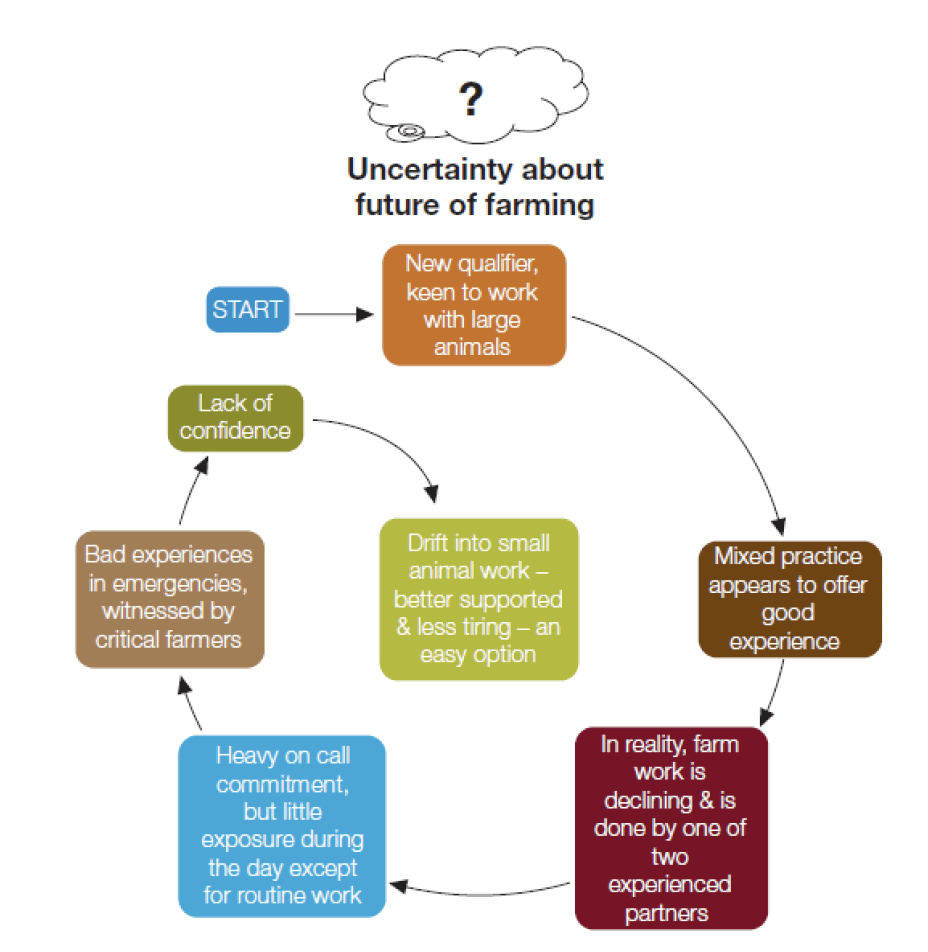
Source: Lowe (2009) citing Robinson et al 2004
2.4 Veterinary Education and Research
RCVS Facts (RCVS, 2017) reveals that the University of Edinburgh and University of Glasgow are two of the UK's seven universities that offer undergraduate veterinary degrees. In 2016 the Scottish universities accounted for 30% of the UK's veterinary graduates (159 of 278 graduates were from the UK). Many of these graduates go on to have a lifetime working in the veterinary profession, adding economic value to society as a result of their veterinary education. DBIS (2011) estimated that overall veterinary science graduates had a 9.1% higher likelihood than someone with 2 or more GCE 'A' Levels of being employed, and that the net graduate premium (i.e. net of studying costs) for veterinary science undergraduate degrees was £165,000 for men and £128,000 for women. Although the data used in the report is now somewhat dated, evidence from the OECD (2017) suggests that returns to higher education are fairly consistent over time, meaning the DBIS estimates remain the most robust and comprehensive source available for estimating this impact.
Using the DBIS estimates for the net graduate premium for UK origin veterinary graduates, it can therefore be estimated that in 2016 these 159 graduates could be expected to earn an additional £22m compared to someone without a degree (Table 4). As there is an annual cohort of graduates this can therefore expected to have a similar annual economic impact within the UK from Scottish educated veterinarians. Of course not all of these vets will go on to practice in Scotland, but it provides an estimate of the annual additional contribution that veterinary education in Scotland can bring.
Table 4. Estimated Net Veterinary Graduate Premium from Edinburgh and Glasgow Universities (2016)
| Student Origin |
Male |
Female |
Total |
|---|---|---|---|
| UK |
49 |
110 |
159 |
| EU |
1 |
9 |
10 |
| Other |
21 |
89 |
110 |
| Net Graduate Premium |
£165,000 |
£128,000 |
|
| Total UK Graduate Premium |
£8m |
£14m |
£22m |
The Department of Employment (2017) report that veterinary earnings five years after graduating are second to only medicine and dentistry, with average earnings of around £36,000 (see Figure 4). There is very small variation reported in veterinary earnings, perhaps due to the similar nature of veterinary work being undertaken compared to other courses where there are less specific career choices (e.g. economics), or greater opportunity to specialise (e.g. law). The Department of Employment (2017) also looked at any gender pay gaps that existed 5 years after graduating and they found no instances of female veterinary graduates earning more than their male counterparts, with men receiving higher incomes on average (see Appendix 1).
Figure 4 Distribution of median annualised earnings across HEIs for each subject area five years after graduation. Graduating cohort 2008/09, sorted by medians (Department of Education, 2017)
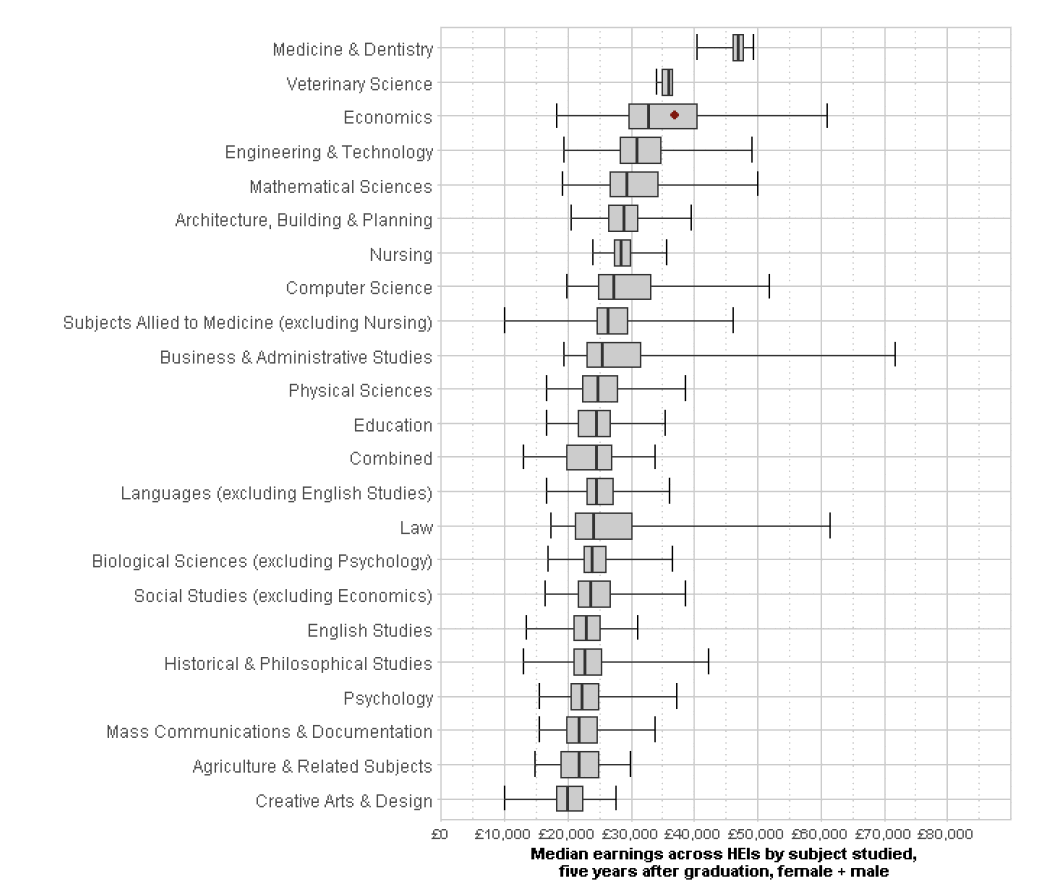
The Complete University Guide (2017) also provides indicative 2016 salary data for UK graduates by courses. This data includes gender pay experiences and it corroborates the DoE findings (see Figure 5). On average veterinary graduates starting salaries are amongst some of the highest by university degree course, starting at £27,721 compared to an average of £22,966 across all courses. According to this data, there is a gender pay gap for those qualifying with a veterinary degree, with female graduates earning £2,000 (7.2%) less, compared to 3.2% less for women across all courses.
Figure 5 Starting salary and gender pay gap (female less male starting salary) by university subject 2015/16 (The Complete University Guide, 2018a, b)
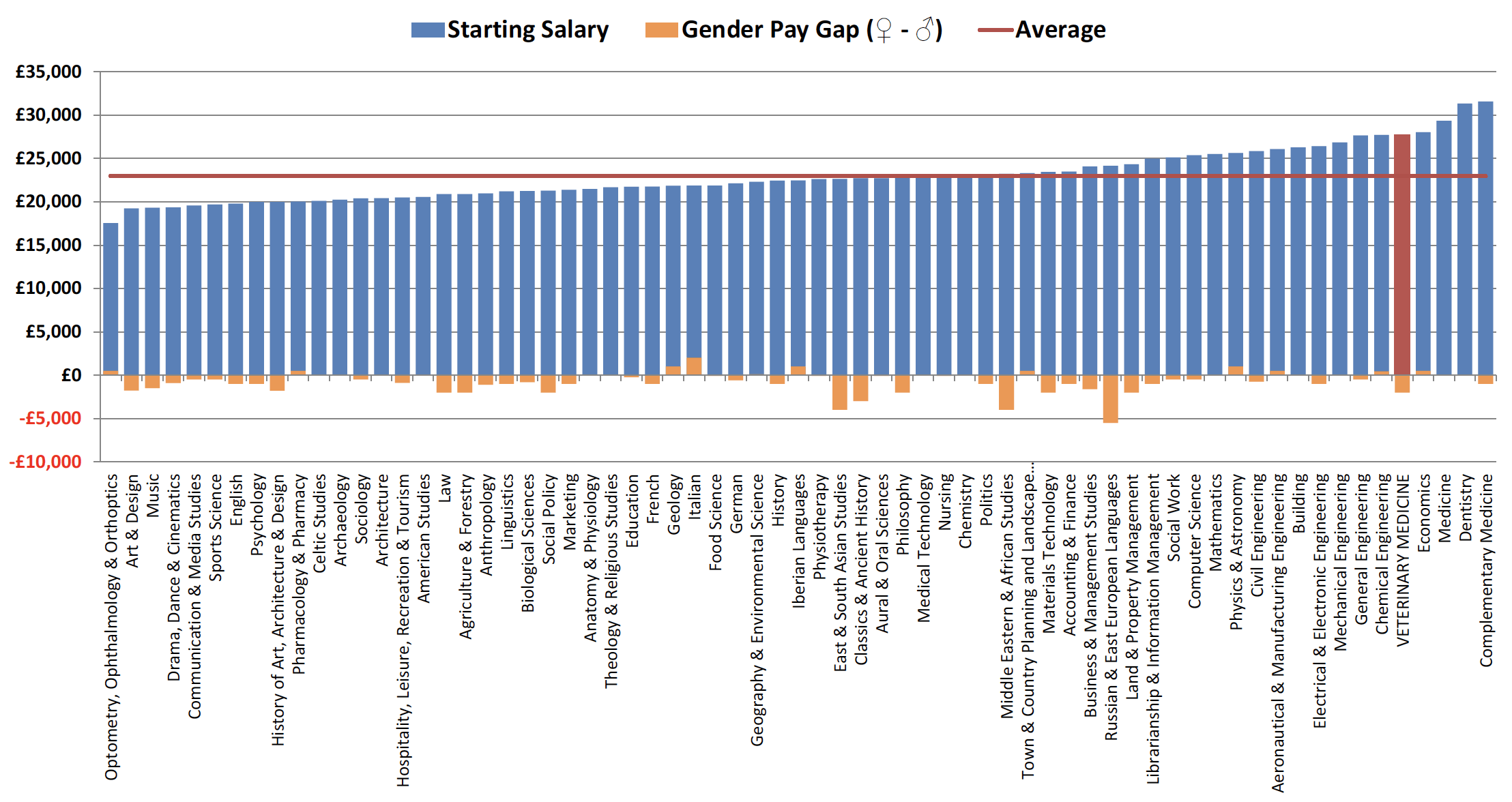
In addition to the graduate premium that veterinary graduates earn there are additional social and economic impacts from veterinary activities through: study fees, living expenses of students in Scotland; associated employment (and staff wage spend) in vet schools and vet nursing colleges, as well as; related veterinary and livestock science research impacts. These impacts are very difficult to monetise without in-depth study of associated institutions, so illustrative examples are therefore provided to give examples of potential impact.
2.4.1 Research Impacts
It is a challenge to attribute research impacts to veterinary science as many of the scientists involved have non-veterinary backgrounds, despite their research impacting on veterinarians or being influenced and informed by the veterinarian profession. This has been acknowledged by the RCVS (RCVS, 2016b), who say: "Veterinary research is carried out by individuals with a range of scientific backgrounds, including veterinarians, at research institutes and universities, by industry, including pharmaceutical companies, and in privately-owned veterinary practices."
The Veterinary Schools Council (VCS, 2016) go on to add: "Coordinating with colleagues across many sectors, veterinary researchers work to bridge the gap between animal and human medicine. Veterinary schools are the natural place for their ground breaking work. By protecting livelihoods, creating millions of pounds of savings through disease prevention and control programmes, and generating private investment in innovative ways, it is absolutely clear that veterinary research is a great boost to the economy. Beyond financial benefits, though, the case studies demonstrate the importance of veterinary research to society. Every example in this publication delivers benefits for the public that align to key Government objectives to protect public health and animal health and welfare." The VCS (2016) report provides useful highlights of the impact of its members' research impacts some of which are illustrated below as examples of impacts of research associated with veterinary science:
Bovine TB (REF, 2014a). A University of Glasgow bovine tuberculosis (bTB) surveillance model was fundamental to new Scottish Government policy on bTB testing. Implemented on 1st January 2012, the policy change used the Glasgow model to indicate which cattle herds can be exempt from routine testing while still maintaining Scotland's official bTB free status. In 2012 this translated to exemption of more than 30% of Scottish herds from routine testing, with an associated government saving of £150,000. The revised policy also provided savings to the Scottish farming industry in the region of £100,000 (2012) and limited the risks of bTB testing to farmers, veterinarians and cattle. The rapid success of the ground-breaking Scottish research-led bTB policy development has been highlighted by the Civil Service as best practice and has been presented to numerous policy audiences including the European Commission, providing the opportunity to transform industry practices and livestock surveillance policy across the UK and beyond.
Breeding salmon for resistance to infectious pancreatic necrosis (REF, 2014b). Infectious pancreatic necrosis is a viral disease that has been a major constraint on salmon aquaculture in Scotland and around the world (where mortality rates are typically 25% with severe outbreaks having up to 90% mortality. Research at the University of Edinburgh found that resistance is a heritable trait and improving genetic selection techniques in industry selective breeding programmes is helping combat resistance and therefore mortality (by 25%) with an estimated economic impact of over £25 million
Anthelmintic resistance research[3]. Helminths are arguably the most important parasites affecting livestock production throughout the world causing a range of disorders which particularly affect the productivity, fertility and welfare of farmed ruminants. Gastro-intestinal nematodes can cause scouring, reductions in appetite and ill thrift and have been estimated to cost the British sheep industry around £84 million per annum, based upon the costs of lost production, preventive measures and treatment of affected animals. Research being undertaken at Moredun is focussed on improving understanding of a variety of parasitic diseases along with the mechanisms of resistance and the way in which resistance develops. The aims of this research is to provide improved means of diagnosis and develop effective management strategies that can be used to conserve the efficacy of our current anthelmintic families.
Breeding Scrapie resistance sheep flock (REF, 2014c). Breeding Scrapie resistance sheep flock. Scrapie is a disease of considerable economic consequence to the small ruminant farming industry. Within the EU, scrapie is a notifiable disease and affected farms can face severe trading restrictions and may lose a significant number of animals. Selection of sheep for scrapie resistance became a possibility after the pioneering work by the University of Edinburgh. The findings led directly to the implementation of the National Scrapie Plan which ran in the UK from 2001 to 2009 and, following the European Commission Decision 2003/100/EC, to similar programmes throughout the EU. The National Scrapie Plan, funded by the UK government, provided free genotyping of 1.8 million sheep in 11,000 flocks. Genotype selection methods have reduced the reported incidence of scrapie in sheep as a result of profound impact on the genetic structure of the entire UK sheep industry. In June 2013, the USDA followed the example of UK and the EU and implemented a Scrapie Free Flock Certification Program.
Genetic improvement of dairy cattle productivity, health, welfare, longevity and environmental impact (REF, 2014d). UK dairy cattle genetic improvement programmes historically focussed mainly on milk production traits with clear negative impacts on cow health, welfare and fertility, and thus economic performance. SRUC and the University of Edinburgh along with collaborators and dairy industry stakeholders identified that broader breeding goals were needed, encompassing production but also addressing animal health and welfare, and other industry goals. The work has established the biological, environmental and economic consequences of selection for milk production, including testing for unforeseen consequences of selection using the Langhill dairy herd and UK dairy industry data. This work identified that selection for production had a major impact on body condition score change, which in turn, affected reproductive performance. As a result, the UK was the first country in the world to routinely record body condition scores in dairy herds and was the first to use this information in national genetic evaluations for dairy cow fertility. Additionally new 'breeding goals' have been developed – identifying the most appropriate combination of traits to select for, and their relative economic importance. This work contributed to SRUC's award of The Queen's Anniversary Prizes for Higher and Further Education (SRUC, 2017) in the recognition of the estimated £400 million impact in the UK dairy industry resulting from the Langhill study.
Egg quality and hen welfare (REF, 2014e). Key findings of two University of Glasgow research programmes have transformed the UK egg-laying industry, driving substantial improvements in productivity and bird welfare. First, two of the largest international poultry-breeding companies adopted an innovative new tool for assessing eggshell quality that was validated by University of Glasgow researchers. This tool has improved eggshell quality through selective breeding, with increased numbers of undamaged saleable eggs (saving approximately £10 million annually in the UK alone), as well as enhancing the hatchability of breeding stock eggs. Second, University of Glasgow research on the long-term health and welfare implications of infrared beak trimming influenced UK policy debate, preventing a ban on beak trimming (due to be enacted in 2011) that would have exposed 35 million laying hens to potential pecking injury or death, as well as costing the industry an estimated £4.82–£12.3 million annually.
Liver Fluke.[4] The liver fluke is a highly pathogenic flatworm parasite of ruminants, mainly sheep and cattle. It causes severe liver damage, especially in sheep and can result in the sudden death of previously healthy animals. The disease is also responsible for considerable economic losses, estimated at around £50m in Scotland alone, due to direct production losses, poor reproductive performance and livers condemned at slaughter. The disease appears to be on the increase in the UK and spreading into previously fluke-free areas, possibly as a result of recent climate change (milder winters and wetter summers) favouring the parasite and its mud snail intermediate host. Moredun, research is currently improving diagnosis of active fluke infection, determining the efficacy of treatments, establishing predictors of disease risk, and identifying novel vaccine approaches.
EPIC Centre of Expertise-Animal Disease Outbreaks.[5] EPIC aims to provide the best available scientific advice to inform government policy on reducing the impact of animal disease outbreaks. It provides access to expertise from across Scotland to enhance the co-ordination and synergy of the science and to stimulate innovative thinking in support of policy. This Centre is allocated £2 million annually and is a partnership including: The Roslin Institute, Biomathematics & Statistics, Scotland, James Hutton Institute, Scotland's Rural College, University of Glasgow and the Moredun Research Institute (MRI). EPIC scientists, for example, were involved in various aspects of the BVD eradication campaign that has led to the majority (90%) of Scottish breeding holdings now have a negative BVD status. EPIC also play an important role on understanding and assessing the risks of vector borne diseases and their potential economic and human health impacts on Scotland – diseases such as Bluetongue Virus, Schmallenberg Virus, Fasciolosis (liver fluke), African Horse Sickness, Lyme Disease, Louping Ill, and West Nile Virus.
2.5 Gender gaps within the veterinary profession
The RCVS (RCVS, 2017) provide age and gender profiles for the veterinary profession in the UK. Figure 6 reveals how the sector is now dominated by women (59% veterinary surgeons and 98% veterinary nurses. However, the smaller proportion of women in the older age groups of veterinary surgeons reflects the historic male dominance within the industry.
Figure 6 UK-practising (a) veterinary surgeons and (b) registered veterinary nurses by age and gender

Despite the profession being dominated by women, Buzzeo et al (2014) reported that the majority (71%) of female vets were assistants or employees in companies with significantly fewer women in positions of business authority. Reflecting the historic male dominance in the profession (reflected by the gender age profile), considerably fewer men (36%) were classed as assistants, with a nearly a quarter being directors of veterinary companies, 12% being equity partners, 8% sole principal owners and 3% salaried partners. Overall, this means that in 2014 about 47% of male veterinarians were partners, owners or directors of businesses, compared to only 14% of female veterinarians. This chimes with findings from the Federation of Veterinarians in Europe (2015) who reported the UK as having one of the lowest levels of female practice ownership across Europe (see Figure 7).
Table 5 Position in Practice by Gender
| Position |
Male |
Female |
|---|---|---|
| Assistant |
36.2 |
70.7 |
| Director |
24.5 |
6.5 |
| Equity Partner |
11.8 |
2.8 |
| Locum |
8.1 |
8.5 |
| Sole Principal |
7.6 |
3.1 |
| Consultant |
5.1 |
2.2 |
| Other |
3.7 |
4.5 |
| Salaried Partner |
2.9 |
1.4 |
| Vet working as a vet nurse |
0.1 |
0.3 |
Figure 7 Female vet practice owners by country (FVE, 2015)
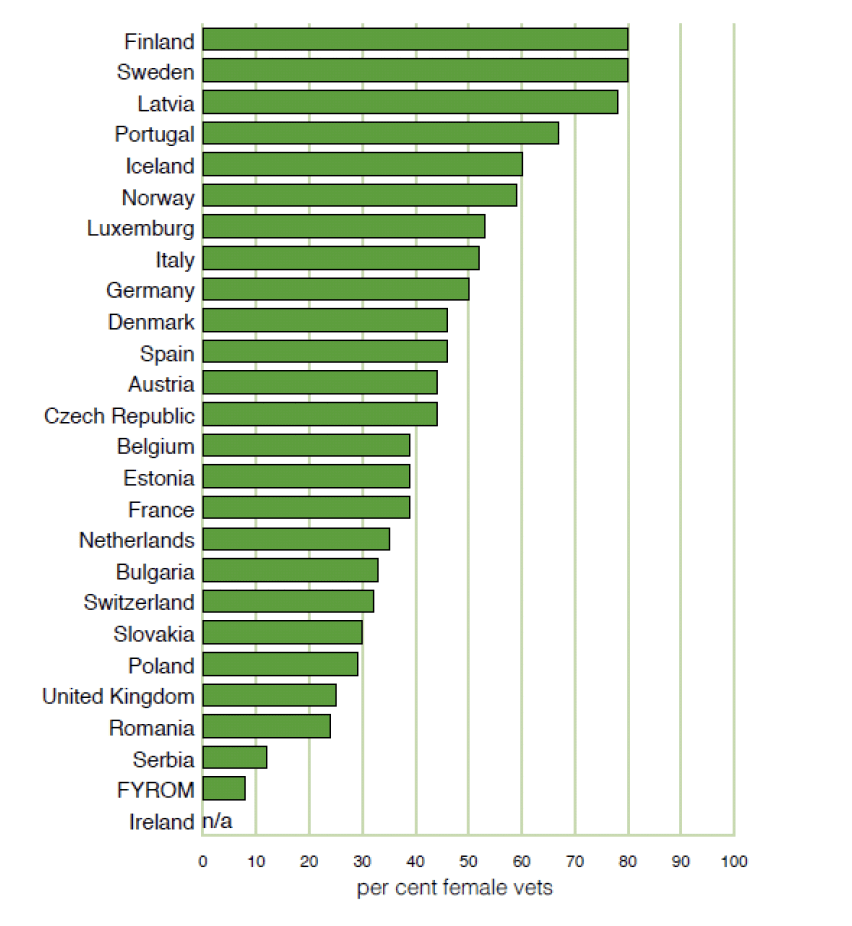
Table 6 Salary by length of time in profession 2016/17
| Length of service |
Partner |
Full time vet |
Part time vet |
Nurse |
|---|---|---|---|---|
| 1 - 3 years |
£28,760 |
£16,000 |
||
| 4 - 6 years |
£32,424 |
£16,319 |
||
| 7 - 10 years |
£34,750 |
£37,837 |
£29,400 |
£18,369 |
| 11 - 20 years |
£53,061 |
£46,031 |
£27,172 |
£20,191 |
| Over 20 years |
£66,126 |
£48,868 |
£27,939 |
£21,440 |
Waters and Limb (2018) published average salary figures by length of service are shown in Table 6. Waters (2018) reports that CM Research found a gender pay gap of 12% (average salary of £41,152 for women and £46,921 for men) in 2016/17 and the Society of Practising Veterinary Surgeons (SPVS) found a greater gender pay gap at senior level – up to 20% for those qualified for 11 years or more. Pratt (2018), however, cautions about misinterpreting the data regarding gender pay and creating a belief that there is a significant gender pay gap, stating: "pay increases in proportion to the number of years qualified so is our gender gap a consequence of measuring a younger cohort of women versus older men? The 10 years qualified sub-group shows no gender pay gap at this career stage….we must understand the data better, because I really worry that well-meaning commentary is preconditioning our female vets with a negative view of their earning potential."
Contact
Email: Ian.Murdoch@gov.scot
There is a problem
Thanks for your feedback